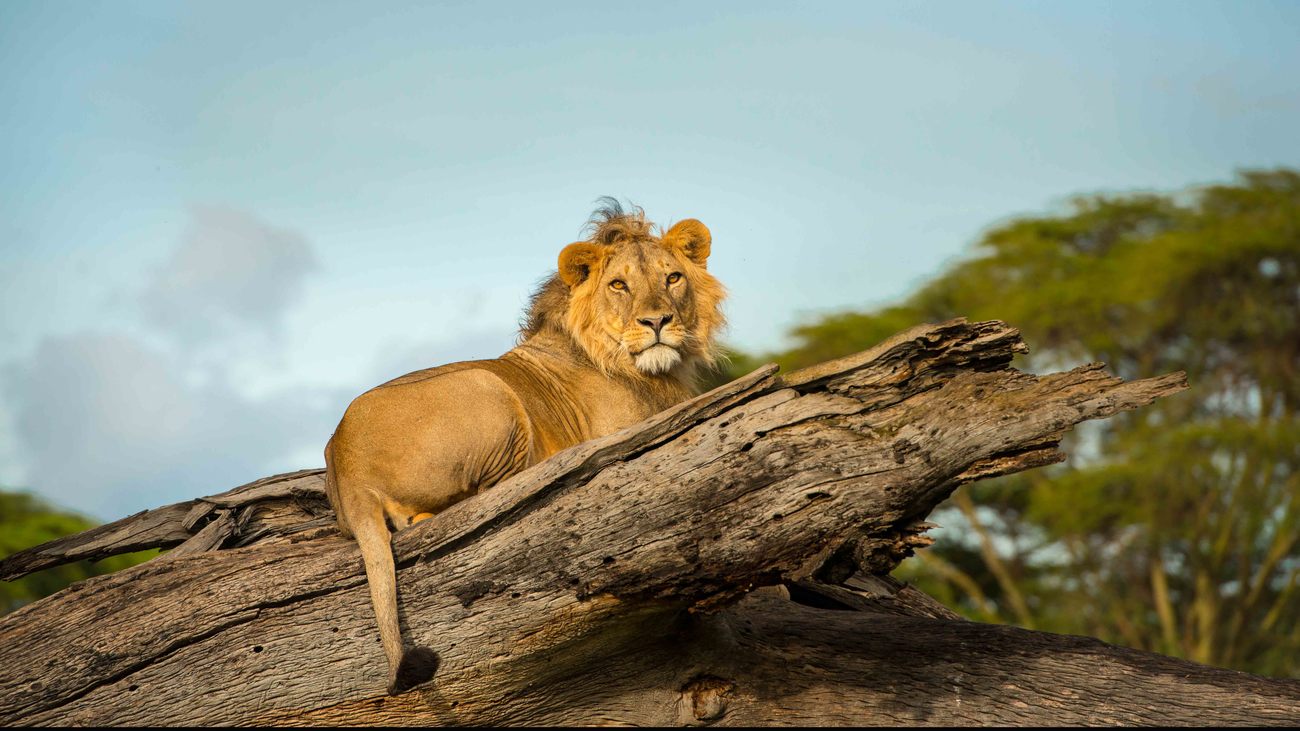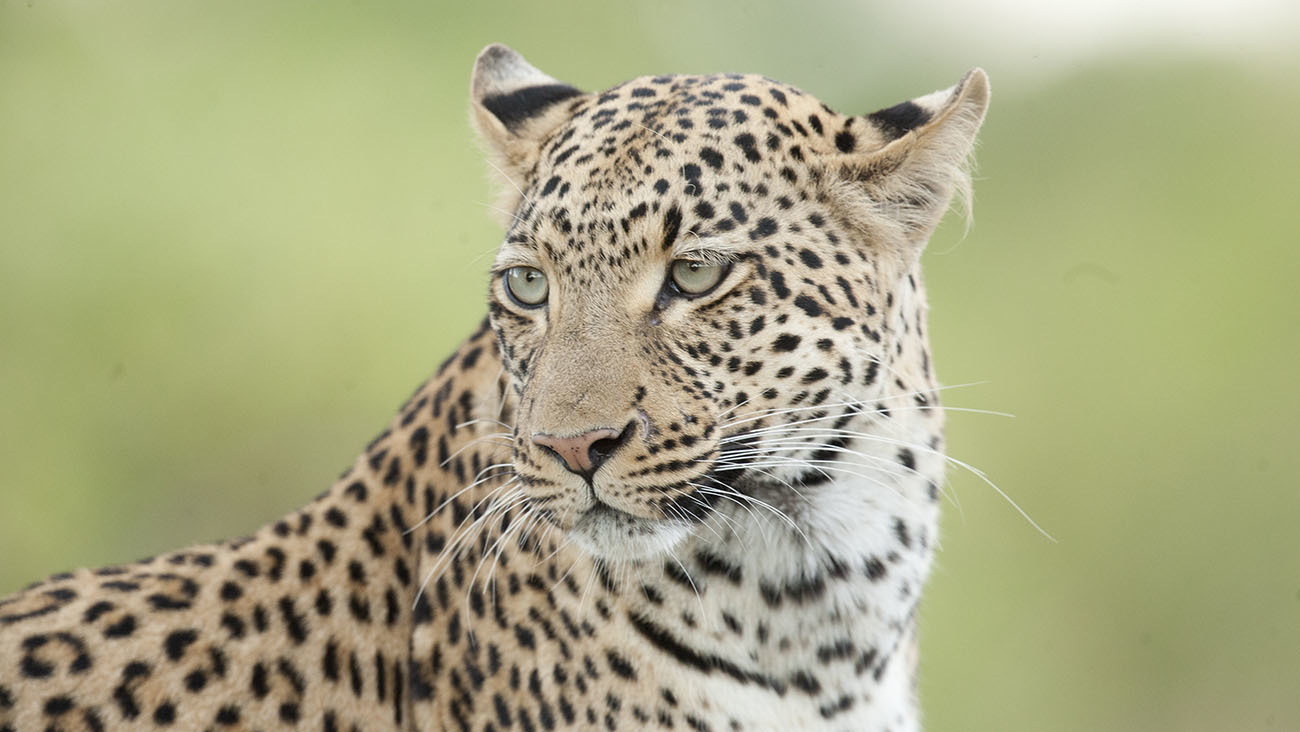Big Cats in Captivity Rescue and Advocacy – United States
There are more tigers in captivity in the United States than there are in the wildFrom the elusive ocelot to the mighty lion, wild cats are some of the most fascinating animals on our planet. Out of the 36+ different species of wild cats, there are a select few that stand out for their sheer size and strength. They’re known as the big cats. And we’ve got the answers to your most frequently asked questions about them.

My cat is pretty chonky. Would she be considered a big cat?
Your house cat could outweigh Garfield’s love for lasagna, but she still wouldn’t make the cut. Scientists categorise big cats based on two specific qualities: they belong to the genus Panthera and have a special two-piece hyoid bone in their throat that allows them to roar. This limits the big cat club to just lions, tigers, leopards, snow leopards, and jaguars. Sorry, Fluffy.
What about cheetahs and cougars? Are they considered big cats?
As cheetahs are the only member of the genus Acinonyx, they are not considered big cats. Cougars are the only members of the genus Puma, which also means they aren’t in the big cat group. Cougars and cheetahs don’t have the hyoid bone adaptation that lions, tigers, leopards, jaguars, and snow leopards have—which means they can’t roar, but they can purr. This is due to the way their neck bones are connected. When a cat purrs, it vibrates its larynx, which rattles the small hyoid bones. Unlike cheetahs and cougars, true big cats have tough cartilage running from their hyoid bones to their skulls, which prevents purring but enables them to roar.
Are cougars, pumas, mountain lions, and panthers all the same animal?
It can be confusing keeping track of all of these names. The good news? Puma, cougar, mountain lion, catamount, and panther all refer to the same animal, known scientifically as Puma concolor. With such a wide geographic range across North, Central, and South America, the wild cat has earned a variety of names from different cultures and countries. In fact, it holds the Guinness record for the animal with the most names—over 40 names in English alone! (Remember that for your next trivia night.)
The cougar is not considered a big cat, but it is quite large at 1.8 to 2.4 metres (six to eight feet) long, weighing up to 90 kilograms (200 pounds). It isn’t the biggest cat in North and South America, as it’s beat out by the jaguar, but it’s the second largest. In most of the US, you won’t find a bigger feline than cougars, as jaguars are only found in parts of the Southwest.

So are jaguars and leopards also the same species?
Nope! Jaguars and leopards are two distinct species (Panthera onca and Panthera pardus). At first glance, they may look very similar—but there are a few key ways you can easily tell the difference.
First, the two big cats live in geographically diverse areas of the world. Jaguars are found in the Americas, stretching from the scrublands and forests of the southwestern US and Mexico down to the tropical rainforests of South America. Leopards, on the other hand, live in sub-Saharan Africa and Asia, inhabiting deserts, grasslands, and rainforests.
Second, one of the easiest ways to visually differentiate a jaguar and a leopard is to look at the pattern of their coats. Jaguar coats have black dots within their rose-shaped spots, while leopards do not. Body shape can help as well, as jaguars have thicker heads and bulkier bodies compared to the sleeker leopards.
Which big cat is the largest?
You’d think with a nickname like ‘king of the jungle’, lions would be the largest of the big cats. But tigers are larger—and lions don’t actually live in the jungle, either.
With males weighing over 270 kilograms (600 pounds) and reaching three metres (10 feet) in length, the Amur tiger (also called the Siberian tiger) is the largest tiger subspecies and thus the largest big cat. In comparison, the average male lion weighs in at 190 kilograms (420 pounds) and measures 1.8 to 2.1 metres (six to seven feet) long.
Despite its grand size, the Amur tiger has a long history of fighting for its survival against habitat loss and poaching. With only about 400 individuals left across Russia, China, and North Korea, the Amur tiger is classed as endangered and continues to face an uphill battle.
IFAW has a special connection to this mighty tiger. In 2013, we made history by rescuing and releasing Zolushka, the first rescued Amur tiger to return to the wild. Two years later, a camera trap photographed Zolushka with two cubs! Her full transition back into the wild is a huge success for her species.
What threats are impacting big cats? How can I help?
Jaguars are killed for their fangs, tiger cubs are captured and sold to the exotic pet trade, and lions are losing much of their natural habitat—in other words, big cats around the world need our help. IFAW works closely with government officials in priority areas to disrupt wildlife trafficking at every stage. We also work with communities that live close to wildlife like the Maasai in Kenya and help them to implement sustainable solutions that enable people to coexist alongside big cats and other animals.
In 2018, we launched the Coalition to End Wildlife Trafficking Online, alongside WWF and TRAFFIC. This partnership brings together companies and wildlife experts from around the world to tackle wildlife trafficking online. Since its inception, the initiative has helped block and remove over twelve million listings for endangered and threatened species, including big cats.
With the Wildlife Trust of India (WTI), IFAW has been working in Central India for over a decade on mitigating human-tiger conflicts, allowing safe passage for tigers, reducing human pressures on already fragmented corridors, and integrating stakeholder support in conservation management of tiger habitats. IFAW-WTI has also worked to strengthen protection for these big cats by building the capacity of frontline staff (rangers), providing legal and enforcement assistance to wildlife enforcement agencies, and conducting anti-snare walks in critical tiger habitats.
In the US, big cats are facing a very specific problem: the dangers of being held in captivity under private ownership. Today, we estimate that there are more tigers held in captivity in just the US than there are left in their entire wild range—and the majority of them are living in inhumane conditions, like backyard cages and makeshift personal ‘zoos’. IFAW worked tirelessly to get the Big Cat Public Safety Act (BCPSA) passed in the US, which prohibits the private ownership of big cats and physical interaction between big cats and the public.
In 2020, IFAW provided X-rays and essential protective gear for the rehabilitation of Covi, a young jaguar injured from a car strike. After months under the specialized care of Payo Obispo Zoo and state officials from Quintana Roo, Mexico, Covi made a full recovery and was released back into the wild. This release was the first of its kind in the area—a groundbreaking success worth celebrating. IFAW continues to work with other NGOs, community members, and all levels of government to advance conservation efforts for jaguars in Mexico.
To mitigate human-wildlife conflict and achieve coexistence between jaguars and communities, IFAW developed the Casitas Azules project (little blue houses). Through Casitas Azules, we work with communities in Quintana Roo to build dog houses that provide adequate shelter and prevent dogs from roaming at night and attracting jaguars. The team also implements jaguar deterrents like light installation and holds wellness clinics to control community animal populations and prevent disease transmission to jaguars.
During the conflict in Ukraine, IFAW has supported local wildlife rescue centers with food and veterinary care for and the evacuation and transportation of animals, including big cats. Many big cats were purchased as pets, and as they grew older, the owners no longer wanted them. The animals were then left behind when families had to evacuate because of the war or were surrendered anonymously to avoid potential prosecution. In other cases, big cats were rescued from breeding facilities where they were unable or unwilling to continue to care for the big cats as resources became scarce. In 2024, we continue to support Wild Animal Rescue in Kyiv as they care for several big cats and find them suitable sanctuaries.
If you want to support our ongoing work to help big cats and other animals, learn how you can get involved.
Everyone has a role to play when it comes to saving big cats. Here’s what you can do.
- Learn how to recognise true sanctuaries vs pseudo-sanctuaries
- Say no to exploitative cub handling operations and inhumane tourist attractions
- Report wildlife products that you see for sale online. You can do this directly through ecommerce and social media platforms or by using our coalition's report form.
Related content
Our work can’t get done without you. Please give what you can to help animals thrive.